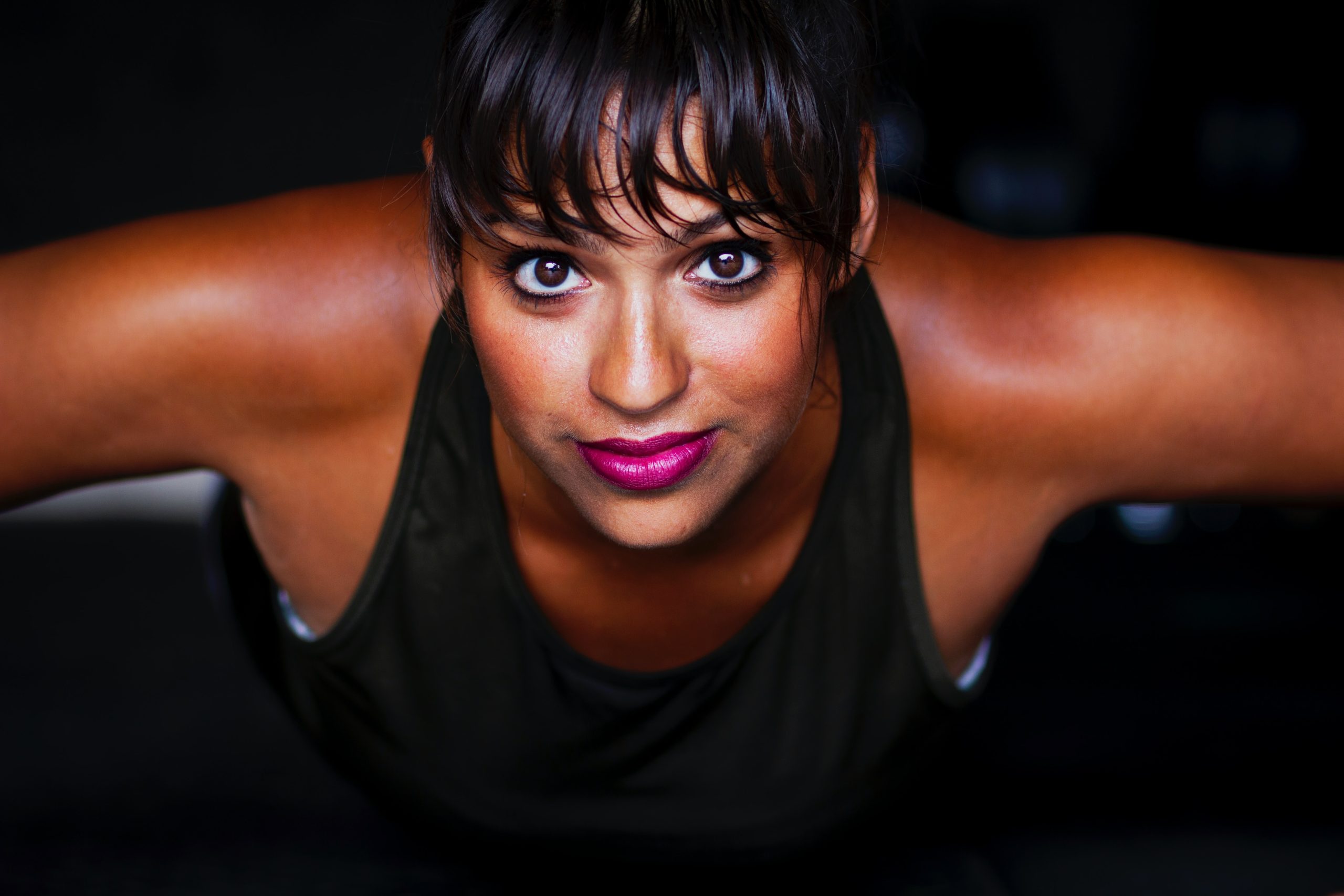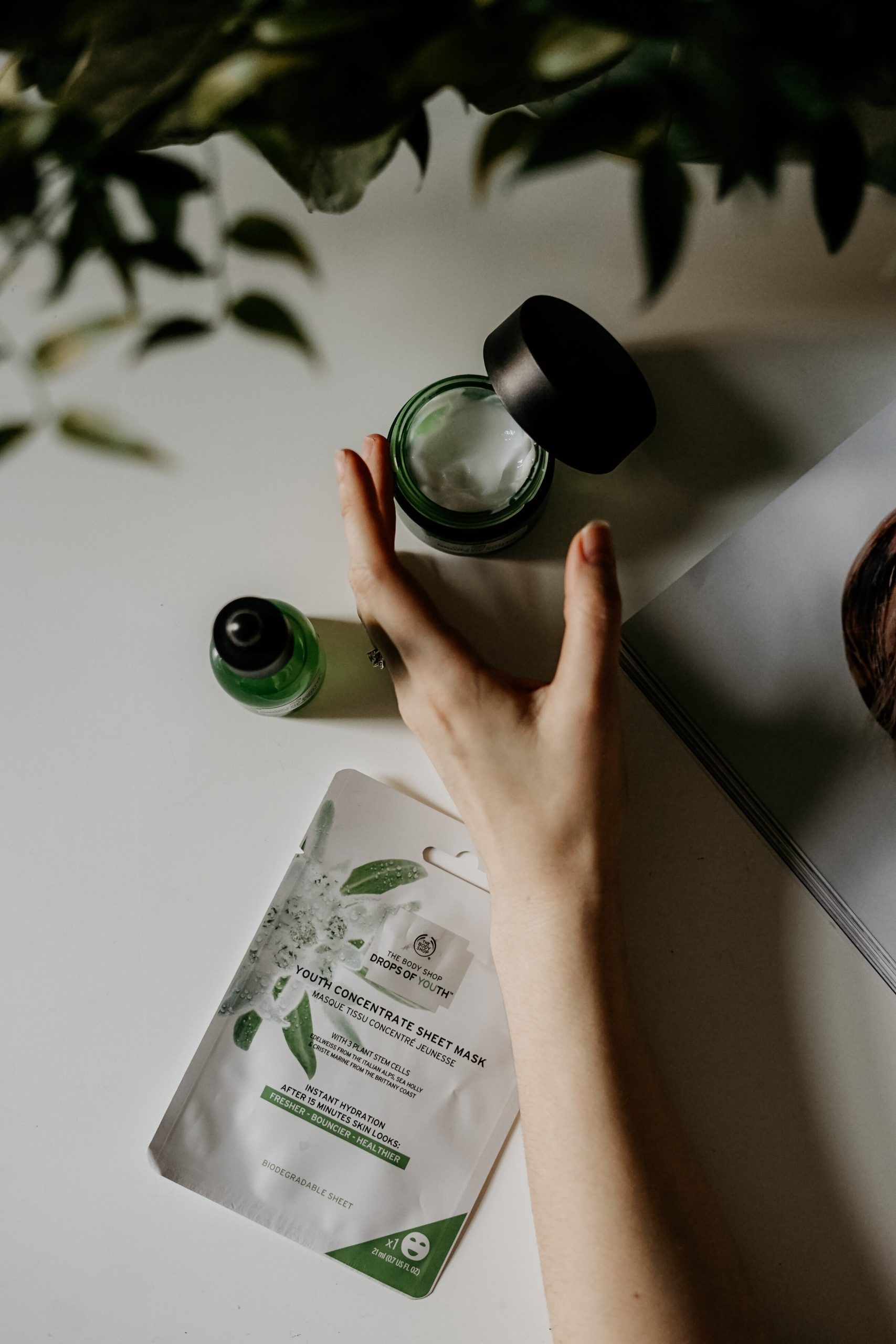Are you tired of feeling sluggish and unmotivated? Are you looking for a way to boost your physical and mental wellness? Look no further than the power of movement! Whether it’s yoga, dance, or a good old-fashioned jog around the park, incorporating movement into your daily routine can have incredible benefits for both your body and mind. In this blog post, we’ll explore the many ways that movement can help you feel happier, healthier, and more energized. Get ready to discover how easy it is to transform your life through the simple act of moving your body!
The Importance of Physical Activity
Regular physical activity is one of the most important things you can do for your health. It can help:
-Control your weight
-Reduce your risk of heart disease and stroke
-Reduce your risk of type 2 diabetes and metabolic syndrome
-Reduce your risk of some cancers
-Strengthen your bones and muscles
-Improve your mental health and mood
-Improve your sleep quality
And it’s not just about the big things. Regular physical activity can also:
-Reduce stress and anxiety levels
-Increase self-esteem and confidence – Boost energy levels – Improve memory and thinking (cognition) in adults age 65 and older
In other words, there are plenty of good reasons to get moving!
How to Get Started with Physical Activity
Regular physical activity is one of the most important things you can do for your health. It can help:
-Control your weight
-Reduce your risk of heart disease and stroke
-Lower your blood pressure
-Reduce your risk of type 2 diabetes
-Reduce your risk of some cancers, including breast cancer and colon cancer
-Strengthen your bones and muscles
-Improve your mental health and mood
-Increase your chances of living longer
You don’t have to be a athlete to reap the benefits of physical activity. Just get moving! And the more, the better. Adults should aim for at least 2 hours and 30 minutes (150 minutes) a week of moderate intensity aerobic activity or 1 hour and 15 minutes (75 minutes) a week of vigorous intensity aerobic activity. You can also do an equivalent combination of moderate- and vigorous-intensity aerobic activity. If you want even more health benefits, aim for 3 hours (180 minutes) or more a week.
The Benefits of Physical Activity
There are an endless amount of benefits that come from being physically active. From improving mental health to reducing the risk of chronic diseases, the benefits of physical activity are widespread and well-documented. Perhaps one of the most important benefits of physical activity is that it can help to improve your overall quality of life.
When you are physically active, your body releases endorphins, which have mood-boosting properties. This can help to improve your mental health and well-being. Physical activity has also been shown to reduce stress, anxiety, and depression.
In terms of physical health, being physically active can help to reduce your blood pressure, improve your cholesterol levels, and strengthen your bones and muscles. Regular exercise has also been linked with a lower risk of developing chronic diseases such as heart disease, stroke, type 2 diabetes, and some forms of cancer.
The Different Types of Physical Activity
There are four different types of physical activity: aerobic, anaerobic, mind-body, and flexibility.
Aerobic activity is any type of activity that gets your heart rate up and makes you breathe harder. Examples of aerobic activities include walking, running, biking, swimming, and dancing. Anaerobic activity is a more intense form of exercise that is used to improve short-term muscular strength and power. Examples of anaerobic activities include weightlifting, sprinting, and jumping. Mind-body activity combines physical activity with mindfulness in order to improve both mental and physical well-being. Examples of mind-body activities include yoga, tai chi, and meditation. Flexibility activities help improve range of motion and prevent injuries. Examples of flexibility activities include stretching, foam rolling, and massage.
Tips for Staying Active
1. Get up and move every hour, even if it’s just for a few minutes. Walking is a great way to get your body moving.
2. Take the stairs instead of the elevator or escalator whenever possible.
3. Park your car farther away from your destination than you normally would, and walk the extra distance.
4. Invest in a pedometer or fitness tracker, and make it a goal to walk 10,000 steps each day.
5. Join an exercise class or workout group so you can be held accountable to showing up and staying active.
6. Get a dog, and go for walks or runs together on a regular basis. Dogs are great motivation to stay active!
Conclusion
We have all been told about the importance of physical exercise, but this article has presented a more holistic approach to movement that can help us to achieve total wellness. Through understanding our own individual needs and listening to our bodies, we can find the perfect movement modality for ourselves and begin on the path of physical and mental wellbeing. Whether it’s high intensity workouts or gentle yoga, there are plenty of options available that can help bring balance into your life. So what are you waiting for? Start exploring today!











